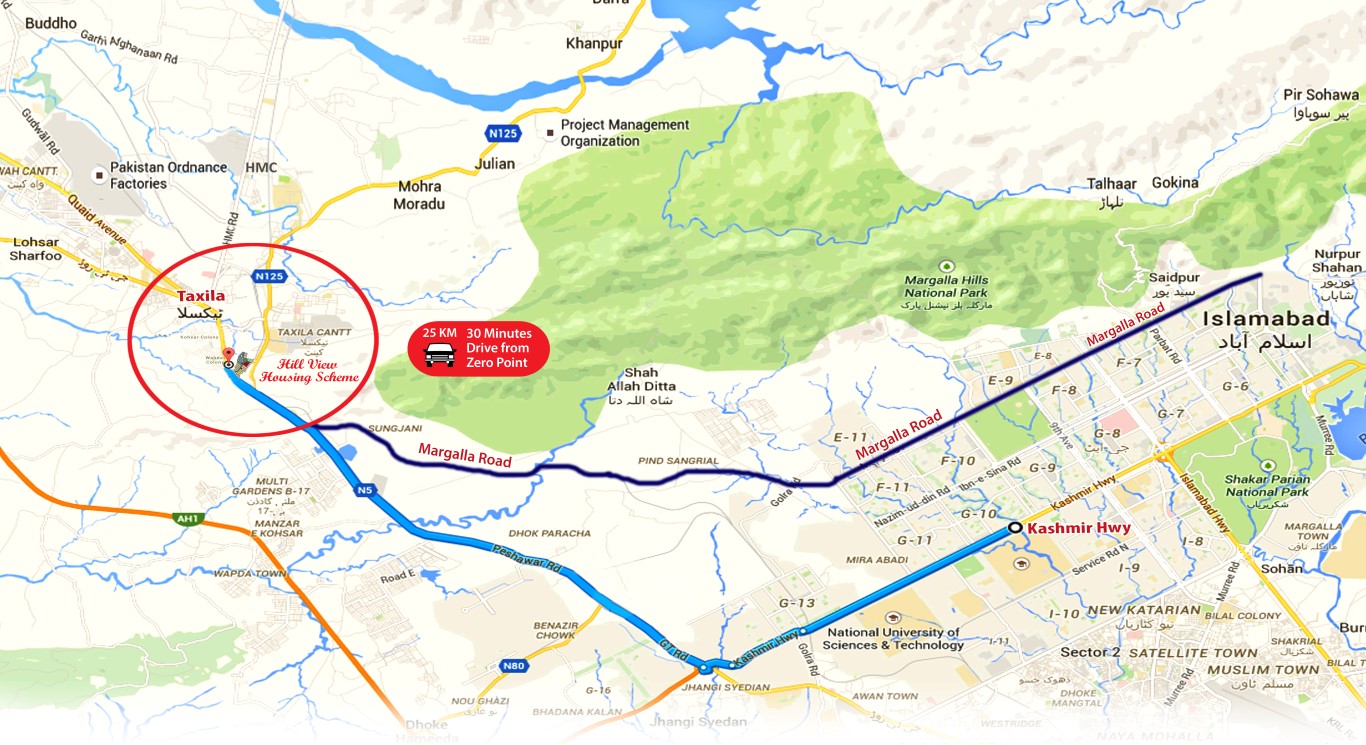W.11
BANNED

- Joined
- Jan 20, 2011
- Messages
- 15,032
- Reaction score
- -32
- Country
- Location
https://www.academia.edu/4161941/Ga...peteRapin_Claude._1992._Fouilles_d_Aï_Khanoum

https://en.wikipedia.org/wiki/Kohi_script
A tentalizing discovery which has not received much scholarly attention.
The author (the only one to research on this script) claims that its a genuine script and not a fake and has many similarities with Kharoshti, brahmi and indus characters. It is written from right to left

https://en.wikipedia.org/wiki/Kohi_script
A tentalizing discovery which has not received much scholarly attention.
The author (the only one to research on this script) claims that its a genuine script and not a fake and has many similarities with Kharoshti, brahmi and indus characters. It is written from right to left








